Revolver by The Beatles
Buy Revolver As many times as I’ve heard someone say they love The Beatles, I have heard someone else say they think they are overrated. To a generation of listeners raised in the […]
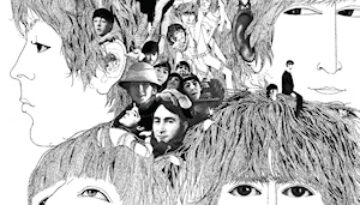
Buy Revolver As many times as I’ve heard someone say they love The Beatles, I have heard someone else say they think they are overrated. To a generation of listeners raised in the […]
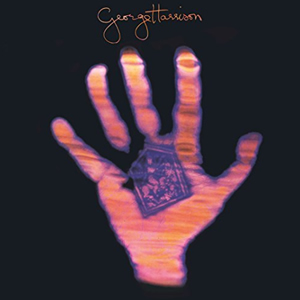
Buy Living in the Material World Living in the Material World was the fourth overall studio album (and second pop/rock release) by former Beatle George Harrison. This long-anticipated 1973 album is distinct in […]
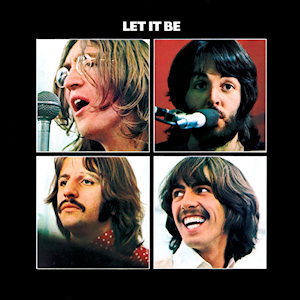
Buy Let It Be Released less than a month after the announcement of their breakup, Let It Be was a unique release by The Beatles on several fronts. First, the bulk of the […]
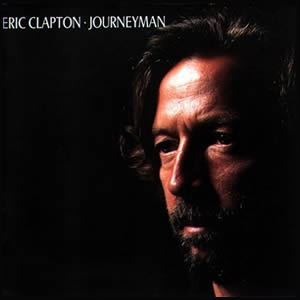
Buy Journeyman The 1980s seemed to have been a time for old time rockers to make incredible (albeit short) comebacks after several years in the wilderness. This was case with Paul Simon’s Graceland, […]
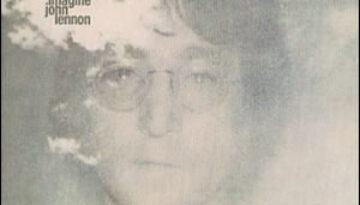
Buy Imagine Imagine, the second full post-Beatles album by John Lennon, kicks off with an idyllic song envisioning a utopian world where there is no conflict and everyone agrees. Sounds pretty good on […]
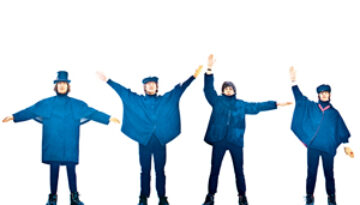
Buy Help! Their fifth overall studio album, Help!, is perhaps the final of The Beatles‘ pop-centric, “mop-top” era records released over the course of 30 months. Still, the group did make some musical […]
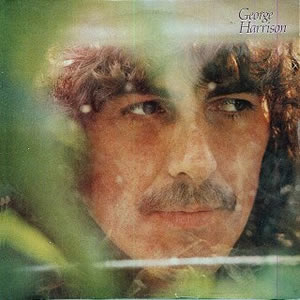
Buy George Harrison Released in early 1979, George Harrison’s eponymous studio album is a light and breezy work of bliss and contentment by the ex-Beatle as he started a new family in his […]
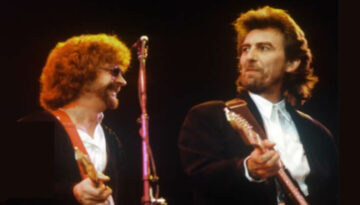
After a long hiatus from the regular recording process, former Beatle George Harrison teamed up with former Electric Light Orchestra front man Jeff Lynne to produce Cloud Nine. This was Harrison’s tenth solo […]
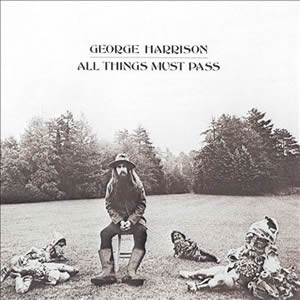
Buy All Things Must Pass We start our three part mini-series called “Life After Beatles” with All Things Must Pass, the triple LP album which George Harrison the month the Beatles officially broke […]

Buy Abbey Road Short of careers cut short by tragedy, there are very few times in rock history where a band or artist finished with their greatest work. Abbey Road, the eleventh and […]